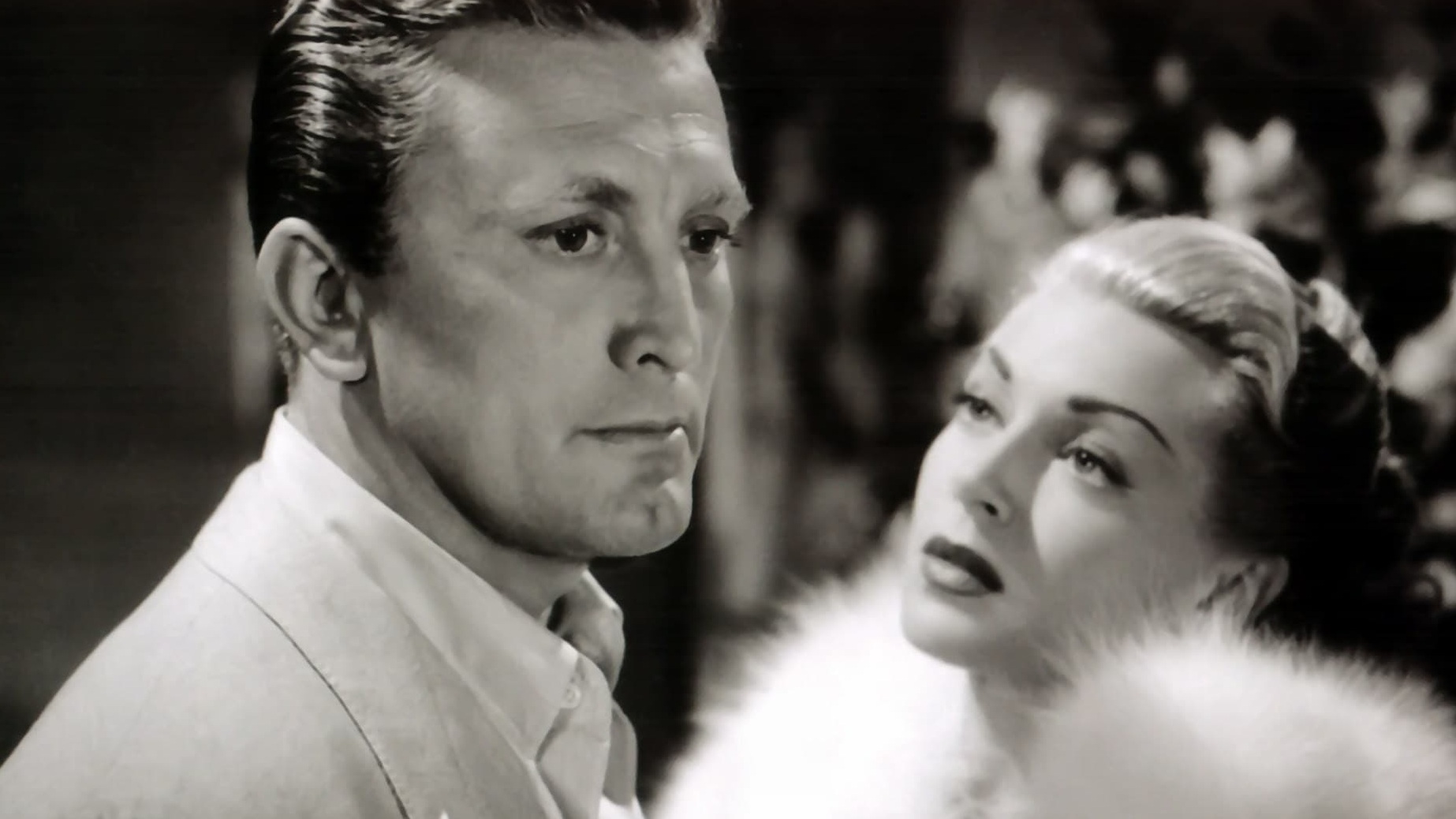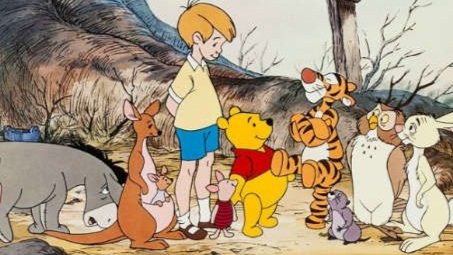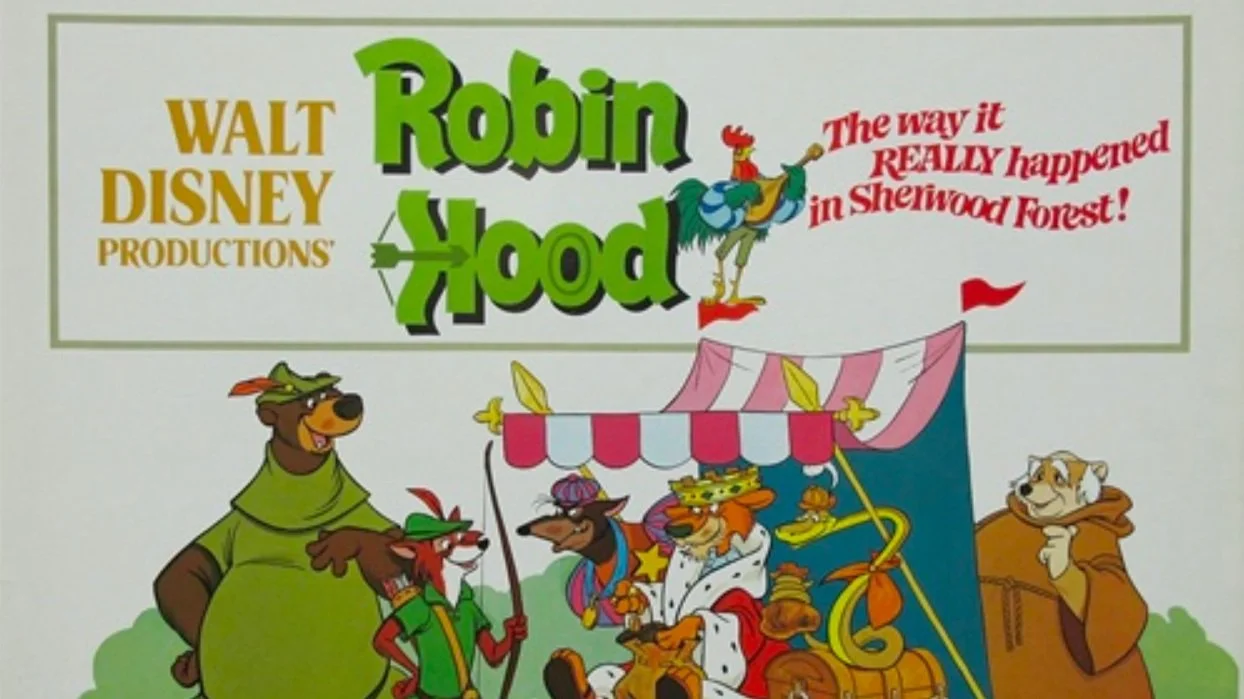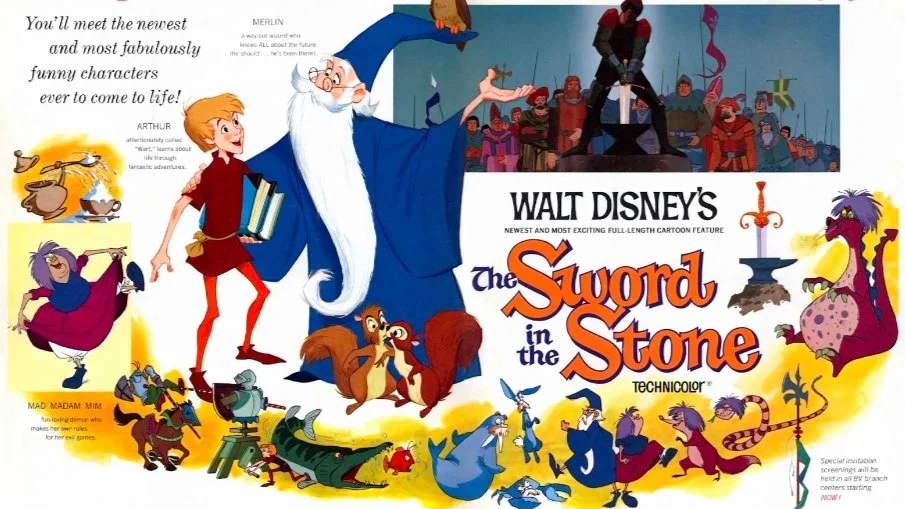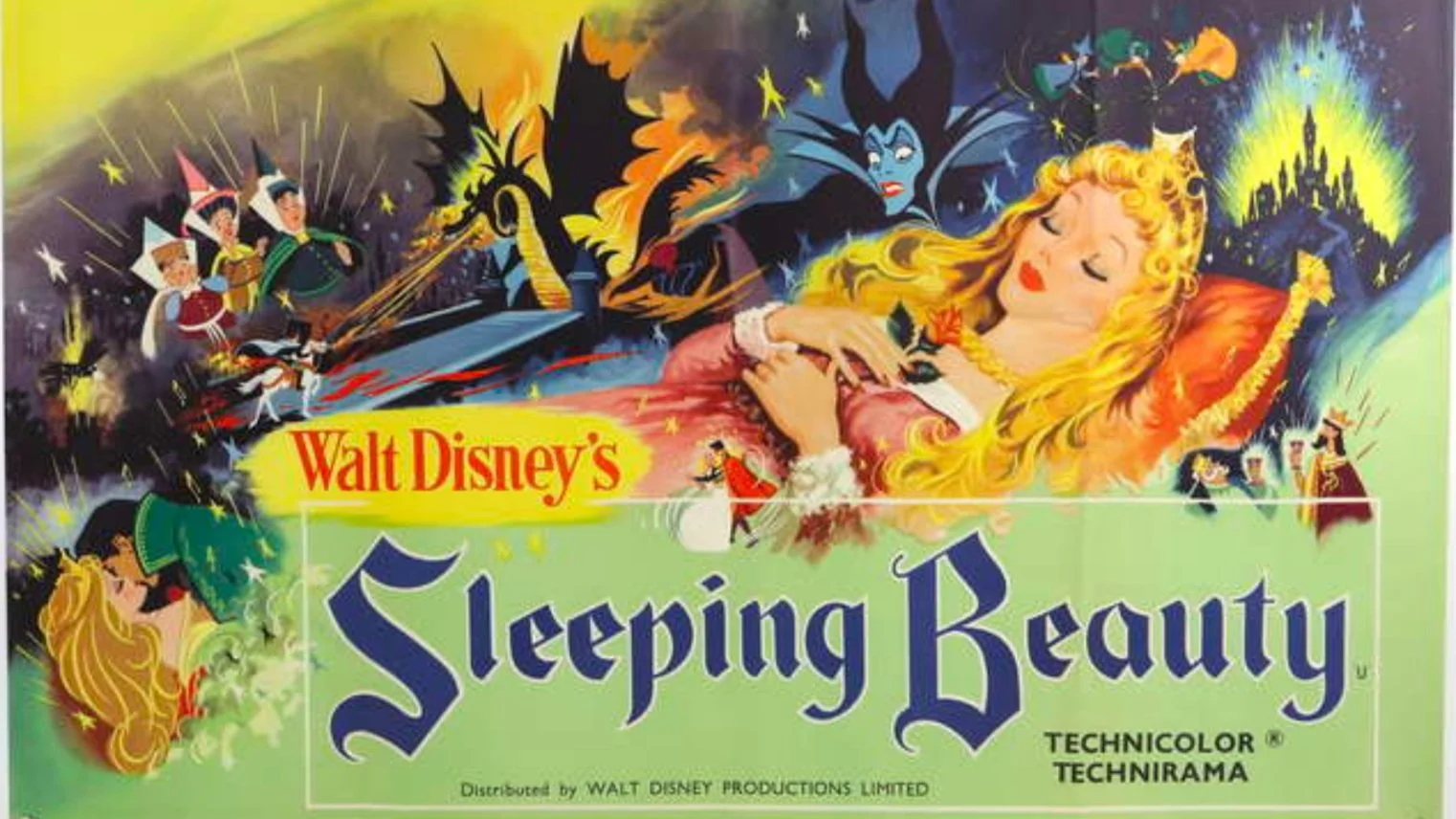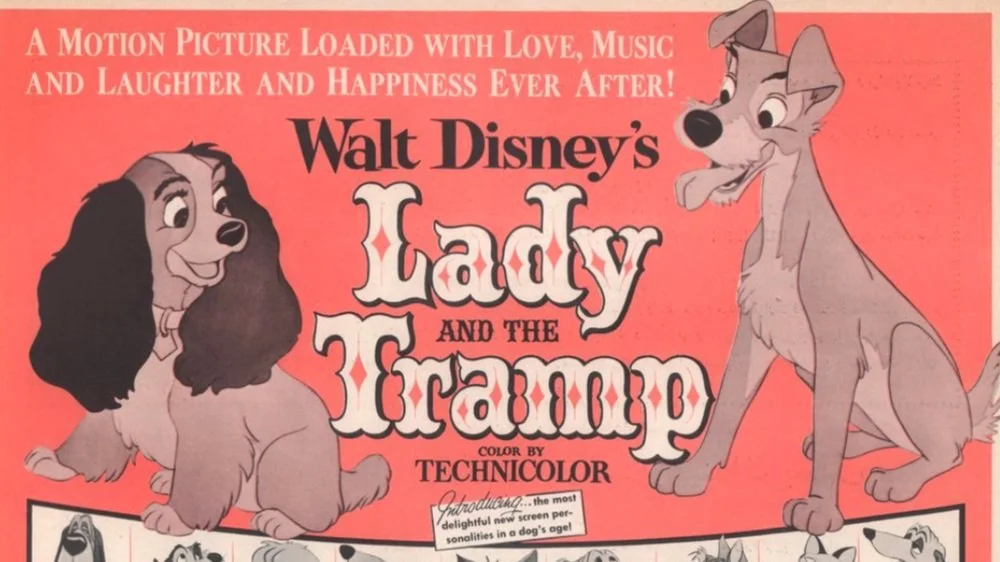Late Fees: The Bad and the Beautiful (1952)
Rockie Juarez, a video store junkie, has a lot of cinematic blind spots. While he is surrounded by awe-inspiring cinema, it is impossible to dive into all the world of movies has to offer. Thankfully, he has the incredible Stephanie Crawford to point him in dangerous directions he has overlooked or has been too damn lazy to dive into. Will these recommendations elevate his love for cinema or will these films completely melt his brain, causing it to leak profusely out of his nose? Read along as these two cinephiles break down and dissect each recommendation, hopefully without going for one another's throat.
Stephanie’s recommendation to Rockie this week is The Bad and the Beautiful, the 1952 film directed by Vincente Minnelli and starring Lana Turner and Kirk Douglas.
Rockie Juarez: This might be the greatest film about making films ever made? I question that only because, hey this is a column about blind spots and I'm quite sure, lovely reader, 14 titles popped into your mind that may reduce my claim to ashes. Anyways, The Bad and the Beautiful is a searing look into the process of making films and the brilliant idea men who drive it, as well as the lives they both destroy and elevate. Kirk Douglas plays Jonathan, a man hellbent on making wonderful motion pictures even if it means taking ideas from a fellow colleague in order to get to the finish line. Directors, actors and writers all feel the sting from Jonathan as the film shows us three separate, fully detailed accounts with the driven filmmaker. Oh, you wanted to direct the film? You wanted to fall in love with me? You wanna be a great writer? Well, we can get there, but you’ll be dancing with the devil, and getting burned is a guarantee. Each story hits a bit harder than the last and really does a couple of things at once. It shows the pain of filmmaking and the departments affected by it, and it foreshadows the Walt Disneys and the Steve Jobs of the world: brilliant but absolutely destructive in their ascension.
While The Bad and the Beautiful is a work of fiction, my mind could not help but wonder how brutal most Hollywood productions have actually been. Scandals, cover-ups to love affairs, I’m sure there are plenty of war stories at the ready to remind you that yeah, you may love this film, but I can almost promise you that dreams were crushed in the process. Well performed and ending on a perfect final shot, The Bad and the Beautiful had a ton of staying power, with lessons that are applicable in today's cinematic landscape. Another great pick, Steph! You said there is a sequel of sorts as well, and I would like to know more about that.
Stephanie Crawford: There is! You’re making me talk about the pseudo-sequel I’ve seen once, before one of my favorite films of all time, which I appreciate. Two Weeks in Another Town reunites director Vincente Minnelli, screenwriter Charles Schnee, actor Kirk Douglas and the concept of personal turmoil behind the scenes of the movie world. It came out a decade later after The Bad and the Beautiful and is based on a book from Irwin Shaw. It's absolutely worth seeing, especially if you love this, but its bigger budget, splashier location, and being in color makes it feel a little more melodramatic. The original has that too, but it balances it with perfect bite, and Two Weeks in Another Town kind of just nibbles instead.
In Two Weeks... there is a wonderful scene where Kirk Douglas' character watches an actual scene from The Bad and the Beautiful after a day of filming in a screening room. Edward G. Robinson is nearby as the director of the piece, subbing in for Minnelli's actual work. It's handled in such a sly, fun yet emotional way that it almost makes me wish one-scene-sequels would become a trend.
So, what did you think of Lana Turner in The Bad and the Beautiful? This was around when she started moving out of being a noir ingenue and the designated beauty in period dramas into more melodramatic roles until her own personal life turned into a mixture of both. I think her, and pretty much the rest of the cast, show incredible vulnerability.
RJ: Lana is unreal in this. Truly one of the greatest players in the film. Her character is hindered by her father’s history in the motion picture business which drives her to drink and flee once a golden opportunity nears. I found that to be extremely relatable: the true fear of blowing a great opportunity, so why even bother?
She allows Kirk Douglas to guide her around because he truly believes in her, but of course the game is a rough one as he shows his vices outshine his love for her. This feels so truthful to actual Hollywood shenanigans rather than forced drama to advance plot and makes her final shot in the film stand out evermore. Gorgeous yet steeped in very deep, human problems that make her accessible as opposed to unrelatable. Lana Turner is vital to this film and saves it from being a man’s film in a man’s world. The Bad and the Beautiful is an amazing piece of work from all involved and ends on a highly memorable note that truly resonated with me. Just timeless and applicable to today's glitz and glamour. Besides Two Weeks in Another Town, do you have any more juicy films about filmmaking madness to recommend?
SC: If you want juicy, Robert Altman’s The Player is a great balance of some inside baseball Hollywood stuff that gets steered into events that contain hijinks. The Coens' Hail, Caesar! is a real corker to me, as it mixes some classic Hollywoodland Babylon-type fan service with the brand of smart kid absurdity only they can deliver. My favorite Truffaut film is Day for Night, and it’s a great look at the mini-lifetimes a cast and crew experience during a film shoot. My all-time favorite may just be Sullivan’s Travels, however: early 1940s movie making fun of 1930s’ moviemaking all while we get a beautiful adventure about having real empathy instead of just the wardrobe.
I did love Tarantino’s Once Upon A Time… in Hollywood as a pure, cinematic experience, but it’s also candy to anyone with even a passing interest in 1960s films and the advent of the grittier 1970s. And just for fun, I’m always in the mood for Tropic Thunder, but I don’t think I’d pair that with The Bad and the Beautiful. Or would I? (I wouldn’t. Unless…) Anyway, it’s one of my favorite subgenres, and it’s a fun one to take a deep dive into. May the miserable marriage of creativity and commerce continue to haunt us all!


